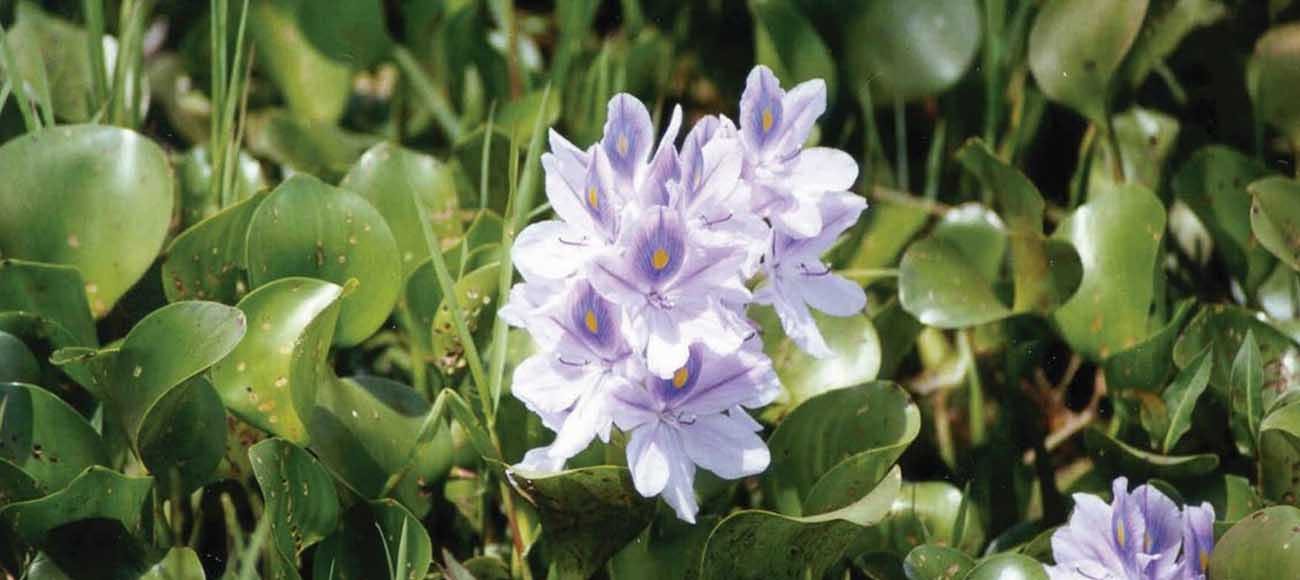FAQ
What are the highest priority invasive species?
The Noosa Biosecurity Plan identifies invasive species that have been successfully eradicated in Noosa Shire previously. These are Water mimosa Neptunia oleracea), Senegalia spp., Madras thorn (Pithecellobium dulce) and Parthenium (Parthenium hysterophorus) and are the highest priority species for continued surveillance and eradication so they don’t re-establish. In addition the Biosecurity Plan lists a number of species that currently occur in Noosa Shire where eradication from the shire may be feasible.
What are the highest priority invasive species for my property?
If there are invasive species on my land, do I need to control them?
What if I have an invasive species on my land, but the species is not listed in the Biosecurity Act 2014?
There is no obligation to control species that are not listed in the Biosecurity Act 2014. However, landholders may voluntarily choose to control these species. For example, some landholders who want to undertake ecological restoration may develop a Property Management Plan covering both listed and non-listed species.
What if I notice an invasive species on public or private land?
Customers may report invasive species to Council. Council's response will depend on whether the species is a listed species under the Biosecurity Act 2014. Council may notify the landowner of a biosecurity obligation. For non-listed species, a landowner may control the invasive species on a voluntary basis. For example weed species that are not listed in the Biosecurity Act 2014 are often managed by Council on bushland reserve as part of an Ecological Restoration Plan.

